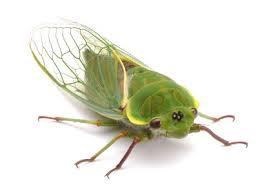Cache is NOT at the posted location, instead you will find the actual coordinates somewhere on this page. The final is within 3 km of the posted.
Please NO photos of the cache itself.
Note: There may NOT be cell phone service in some areas of the K & P Trail.
INTRODUCTION:
We've had fun putting these caches out and everybody seems to be having fun finding them (unless of course, certain insects are out to "get you"). So, we are putting out more (caches, not insects). The theme this time is INSECTS (as you've already figured out by the title). Some of these you may encounter on your geocaching trips and some of them you may wish you had not. Instead of a steady line of caches down the trail, we thought we'd try something new for us. All are easy puzzle caches and the geoart is one of our favorite insects: the dragonfly - as it eats what annoys us all the most: mosquitoes.
TRANSPORTATION:
The K&P trail is a single lane dirt road with gravel on it in some areas. You can hike it, bike it or drive it albeit very slowly. When placing the caches we never drove over 15 km/hr. Mostly it was at about 10 km/hr. Just when you think it's smooth going a huge puddle hole will "get" you. On bikes, you will have no trouble except if you go out after heavy rain (or during rainfall) as it will be muddy in areas. On foot, be aware that there are very few houses along the way - so don't go alone. Safety in numbers. There are some pretty streams along the way, wetlands and Graham Lake just North of Lavant Station (a nice place for a picnic lunch).
N45 07.086 W076 41.516
INSECT: CICADA
Cicadas , best known for the songs sung by most, but not all, male cicadas. They make this sound by flexing their tymbals, which are drum-like organs found in their abdomens. Small muscles rapidly pull the tymbals in and out of shape — like a child's click-toy. The sound is intensified by the cicada's mostly hollow abdomen. Female and some male cicadas will also make a sound by flicking their wings, but it isn't the same as the song cicadas are known for

Jnvfg urvtug, byq fcehpr.